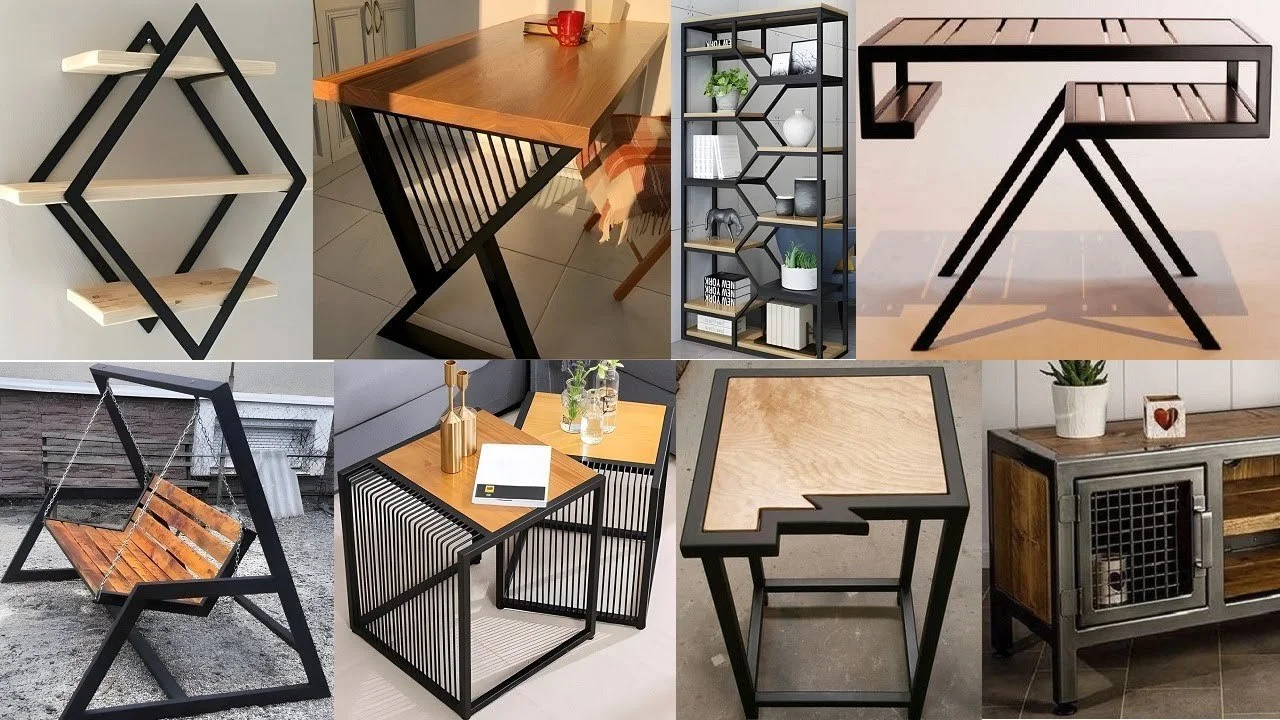Wood vs. Metal Furniture: Which One Is Better for Your Home?

When it comes to choosing furniture for your home, two materials stand out as timeless contenders — wood and metal. Both have deep cultural and aesthetic significance in Japan, where interior design celebrates the balance between nature and modernity. Whether you prefer the warmth of wood or the sleekness of metal, each has its own unique story, charm, and purpose in creating a harmonious living space.
The Natural Warmth of Wood Furniture
Wood furniture has long been a symbol of tradition, craftsmanship, and organic beauty. In Japan, the use of wood in furniture design is deeply tied to the philosophy of wabi-sabi — finding beauty in simplicity and imperfection. Every grain tells a story, and the subtle texture of wood brings a sense of warmth and calm into the home.

Solid wood furniture also offers durability and longevity. With proper care, a wooden table or cabinet can last for generations. Additionally, it can be easily refinished or repaired, making it a sustainable and cost-effective choice. For homeowners looking to embrace eco-friendly furniture options, reclaimed wood or bamboo furniture can further reduce environmental impact while preserving natural elegance.
“Wood breathes life into interiors, reminding us of nature’s calm — a key element in Japanese design.”
The Modern Edge of Metal Furniture
In contrast, metal furniture represents modern innovation, strength, and versatility. It’s particularly favored in contemporary Japanese apartments, where space-saving and sleek aesthetics are key. Metal frames allow for minimalist forms that blend seamlessly with neutral palettes and open layouts.
One of the greatest advantages of metal furniture is its durability. It resists warping, cracking, and termites — making it ideal for humid climates like Japan’s. Moreover, metal pieces often pair beautifully with wood, glass, or fabric, allowing for endless customization possibilities. If you’re into creativity, explore DIY furniture hacks to transform metal frames into artistic statement pieces.

Combining Wood and Metal: The Best of Both Worlds
Japanese interior designers often favor a hybrid approach — blending wood and metal for a balanced aesthetic. This fusion mirrors Japan’s cultural duality: tradition meeting technology. For instance, a metal-legged oak dining table or an iron-framed wooden shelf brings both warmth and structure to your space.
By combining these materials, you can achieve harmony and durability while maintaining a refined modern look. Such designs align perfectly with the growing minimalist furniture trend in Japan, emphasizing function, balance, and calm living.
Maintenance and Longevity
While both materials are strong, they require different care. Wood needs protection from moisture and sunlight to prevent fading or cracking. Regular polishing keeps it nourished and beautiful. On the other hand, metal furniture benefits from anti-rust coating and occasional cleaning with mild soap to maintain its shine.
Whether you choose wood or metal, investing in quality craftsmanship ensures that your furniture stands the test of time — both structurally and stylistically.
Which One Is Right for You?
The answer depends on your lifestyle and home design goals. For a cozy, natural atmosphere, wood furniture will make your home feel grounded and welcoming. If you lean toward a sleek, modern look, metal might be the better option. Or, if you appreciate versatility, combining the two offers endless creative possibilities.
For small apartments, check out 5 Smart Furniture Ideas for Compact Homes to see how you can integrate wood and metal efficiently without sacrificing style or comfort.
“A well-balanced home blends materials like nature blends the elements — harmoniously and purposefully.”